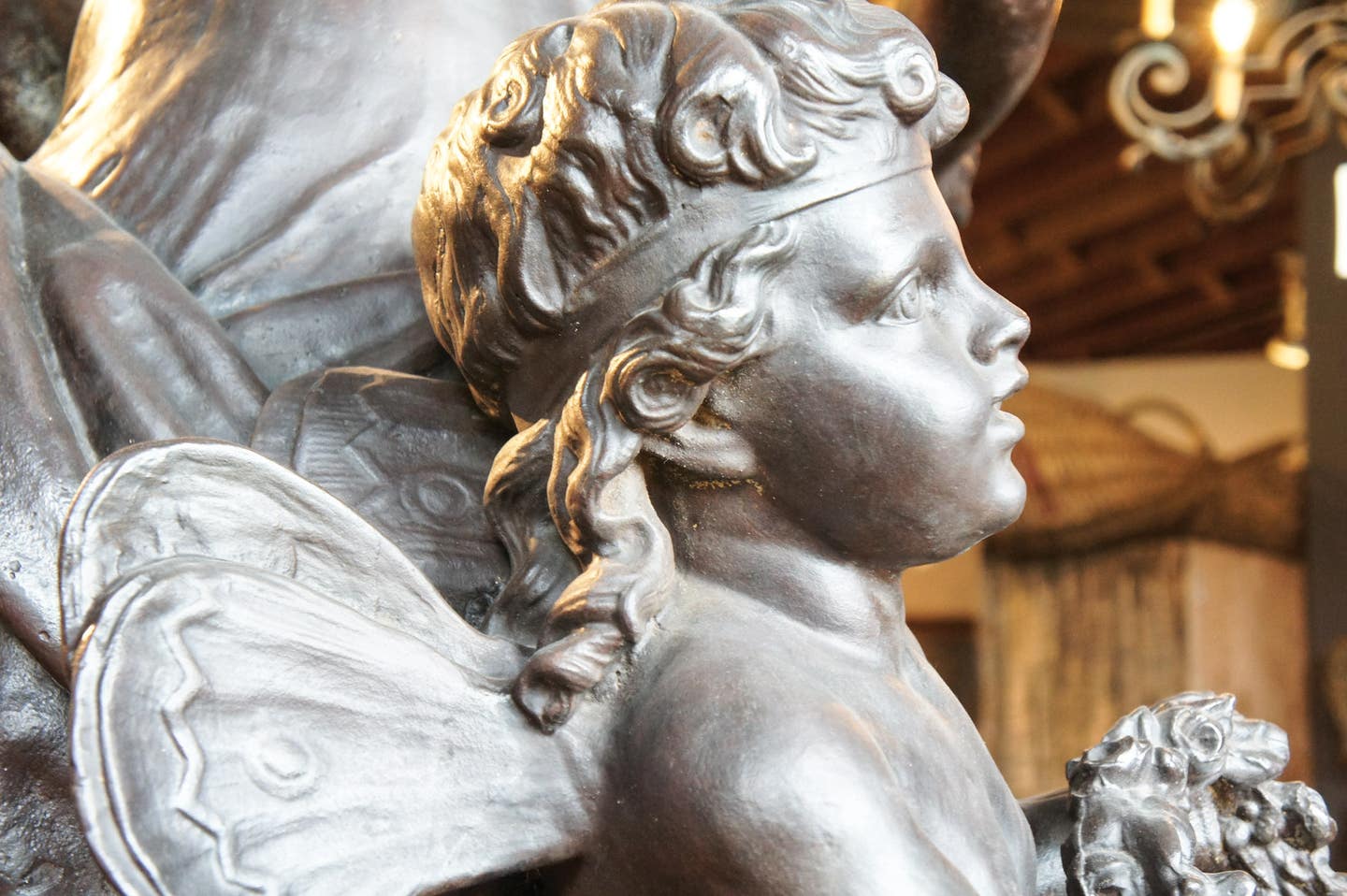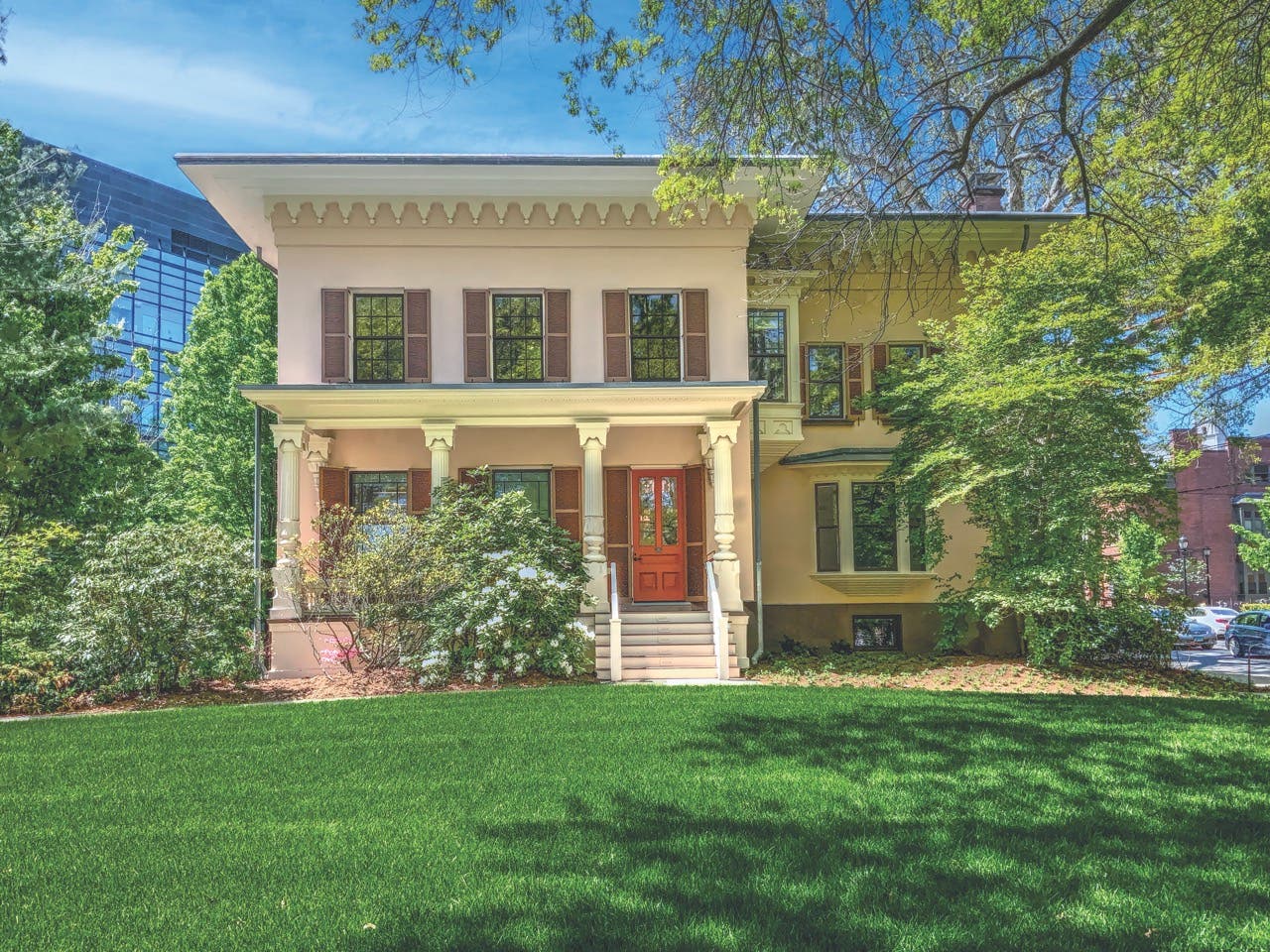
Product Reports
Using Architectural Salvage in Traditional Building
We tend to think of architectural salvage as dismembered building parts—from simple wood beams to highly carved mantels—being recycled out of worn-out, inner-city buildings, often on the East Coast, but that ain’t necessarily so. For a surprisingly different perspective, we talked with Eron Johnson of Eron Johnson Antiques in Denver who, over five decades has built a thriving business in antiques and architectural salvage from the 17th century to Mid-Century Modern that reaches far west of the Mississippi to many parts the globe.
“I’ve always found that items from around the world sold better than local stuff,” explains Johnson. Historically, Denver had a lot of fairly simple structures, he says, and in the 1980s and ’90s, when people were restoring the nicer Victorian houses, he realized they would buy some local items, but also a few imported things. “In the 1970s, I used to do local demolition and pull out pieces, but there got to be so little of interest, I started to go across the country in my van and buy—especially St. Louis, Chicago, Milwaukee, and even Pennsylvania.”
All that changed when Johnson discovered European architectural salvage sales, first in the Midwest, then salvage auctions right in Denver. “These were basically lots of what are called consumer goods—which is the low-end stuff—just loaded in a container and shipped over here. The sellers took what they could get, but they made a lot of money.” Johnson was impressed. He recalls thinking, I want to go over and see what’s really there for myself. When he did get a first-hand look at the “actual history and amazing buildings” across the pond, he says, “Boy, what an eye-opener!” So, he started importing, mainly out of England and France, with a little bit from Spain. “That really gave us a boost because it was more decorative, and it just didn’t look like the normal, run-of-the-mill stock from Denver.”
Johnson says that Denver, being basically a small city, was not that big of a market, so he had to create his own. “I went out and did shows with designers and writers, had stories in Architectural Digest and local magazines, and generated a lot of word-of-mouth. Today that’s kind of dried up—except for the internet which, with all the recommendations, has really replaced word-of-mouth.”
Johnson has long had a keen finger on the pulse of the salvage industry. “I was one of the very first antiques businesses on the internet, and while we also did antiques shows, we sold a lot online.” When the internet first started pulling, he recalls, people would look online and then come into the store. “Now we sell all over the world on the internet, and I’ve never met half of my best customers (yet).”
Recently, he says, he sold an important chair by the architect Le Corbusier to someone in Germany. “In the old days, people would come into the store and you would kind of know what interested them. Today, you never know who’s looking; you just get paid for something—and that’s cool too.”
Johnson says his clients’ projects are primarily new buildings or construction. “They buy the object, then build the room around it. We’ve sold an awful lot of parts to people building in Aspen, Vail, all over the mountain range.” In fact, he says, he’s sent trucks regularly to Texas and Canada. “I’ve sold a few items to Europe, but mostly the West and Southwest—like Santa Fe.”
As Johnson puts it, he can ship anything, anywhere. “I’ve shipped crazy stuff, and overnight. When a movie studio in California wants something, they want it fast.” He tells of sending two, nearly one-ton cast-iron French garden statues to Saudi Arabia last year. “The buyers never saw them. They just looked at a lot of photos, checked the dimensions, said ‘fine,’ and sent the money.”
In Johnson’s view, interest in Victorian salvage is ebbing. “In Denver at least, people are removing it and going more modern.” He says he’s actually been buying building antiques from younger people who’ve acquired nicely restored old houses and are ripping half the stuff out. “One of the best French fireplaces I’ve ever owned I bought out of a fancy house here in Denver. So architecturally, there’s stuff coming out for the second and third time.”
Johnson illustrates the cyclical appeal of architectural antiques with an interesting story. “In the 1950s, Le Corbusier worked on the design of an entire city, Chandigarh, for the Indian government, along with his cousin Pierre Jeanneret, who designed much of the modernist furniture.” By the 2000s, though, the furniture was considered outdated, even worthless. “At that time, you could buy it by the ton, but now almost all the pieces have gone to collectors in Europe and Japan.”
Reflects Johnson, “I’ve been at architectural antiques for 50 years, and I still like the same things I liked in high school—stained glass, interesting objects from around the world—but that’s just me.”
Gordon H. Bock is an architectural historian, instructor with the National Preservation Institute, and speaker through www.gordonbock.com.








